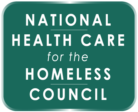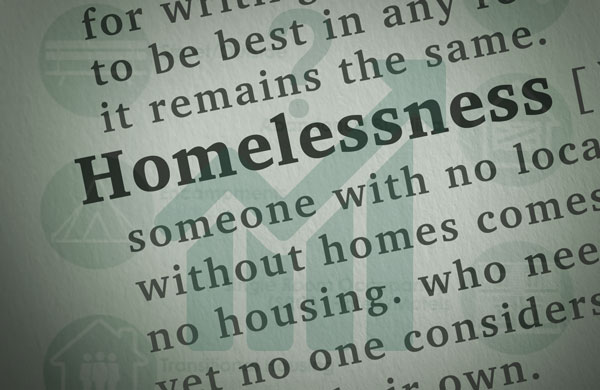Primary audience: Any organization providing street outreach services


Difficult Behavior in HCH Environments
Responding to violent incidents and escalated behavior in Health Care for the Homeless (HCH) environments was probably the most pressing topic prior to the pandemic, which necessarily siphoned everyone’s attention.
The most resourced and longstanding HCH programs have invested hundreds of thousands of dollars into security efforts on their campuses but still struggle with increases in violence. It is cause for some staff to leave.
The tension runs deep as we balance the need to ensure a safe environment for staff and clients with a recognition that often HCH patients have reached the limits of other service providers.
If we terminate or suspend the patient relationship due to disruptive behavior, who else will serve these clients? If we call the police, will that not perpetuate the cycle of homelessness and behavioral health struggles?
Unsheltered Locations
These issues also show up in outreach to unsheltered locations (sidewalks, encampments, woods, bridges, etc.), but with their own complications.
This blog cannot capture all the nuance inherent to this topic—and the Council will be producing more related resources soon—but experienced street outreach providers have shared the following concrete advice.
No silver bullet here, but wisdom exists. Note: this pertains to safety from violent or escalated incidents, not safety from COVID infection nor other disease risks, nor issues of emotional or psychological safety.
See more guidance on our Workplace Safety resource page.
- Never go out alone. Teams of two should be considered the absolute minimum.
- Establish code words to signal threats to safety to teammates unbeknownst to others.
- The office or clinic (e.g., team members not in the field) should always know the location of outreach teams. This means keeping to a set schedule, but there are also certain phone applications that can broadcast one’s location; many smartphones have this function built-in.
- Surveil outreach sites before you send out teams. Some communities use peer specialists or even trusted clients in the community to identify whether certain areas are too risky. Once providers are on-site, that person provides situational awareness. Having staff who have experienced unsheltered homelessness as part of the street outreach team is good practice.
- Wear matching clothing, ideally in bright colors, so your team is easily identified as the street outreach folks.
- Linkages with crisis response teams and behavioral health support are essential, especially if outreach teams lack a behavioral health provider.
- Trauma-informed de-escalation training should be required for outreach staff.
- Use harm reduction principles: safety and comfort are two different things, as are perceived threats to safety and actual threats. Witnessing drug use is not necessarily a threat to safety, for example.
- Weapons and mace are tempting aids, but they only serve to escalate the situation if used on people.
- Create time and space for street outreach teams to debrief and process any threatening events. Trauma-informed supervision of outreach personnel is essential
- Hard as it is to write, not everyone is meant for this work. You simply cannot predict certain threats – few could have prepared for the dog that bit a street medicine colleague recently – and everyone should be aware of the risk. But the risk exists in all aspects of life, and it is far more dangerous for our clients sleeping out on the streets than it is for outreach workers.



